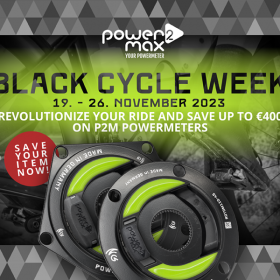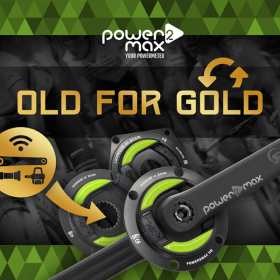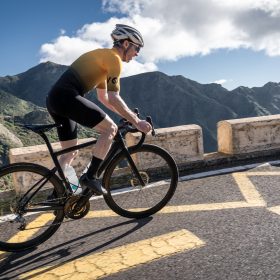In the first part of our mini-series our performance expert Andrés Díaz told us the most import facts about tire width. In the second part he will tell us about tire composition and how it can influence your performance.
TIRE COMPOSITION
There are three determining factors of the composition of a tire that make it fast in terms of rolling resistance: casing, tread and how thick they are.
CASING: The less thick the casing is, the better it will deform and therefore there will be less energy lost. The material of the casing also counts, i.e. it can be of nylon, polycotton etc.
TREAD: The tread is the outer rubber that is in contact with the ground. The more elastic and flexible the rubber is, the better because there will be less loss of energy due to deformation.
Taking those factors into account there is only one conclusion: The thinnest casing with the most elastic and flexible tread make the fastest tire. If you have a look into the world of motorsports, you will see that the fastest tires for racing cars are “supersoft”, “ultrasoft” or even “hypersoft”.
Now you might think that a thin casing and a soft tread are very easy to puncture, but new high-end tires use very high TPI (threads per inch). Up to 300-320 threads per inch and an anti-puncture protection layer make the “race” tires safe and durable without having negative effects on their performance. Especially in long distance triathlon there is a popular belief that using tires that are protected as much as possible from punctures are the best choice. In reality, you can lose minutes (yes, minutes!) in 90km or 180km by using those tires.
Choosing a fast tire is something competitive triathletes should always consider. There is one question that helps you to decide: how long do you need to fix a puncture? If you use a tire with very low rolling resistance the worst case is a flat tire. You can afford to repair the puncture, continue the race and not waste time regarding a tire with a lot of puncture protection, since you are significantly faster. In the normal case you do not get a flat tire, then you will win minutes in the cycling segment.
CONCLUSION:
High quality tires are probably the best and the cheapest way to upgrade your bike. Spending money on tires will improve your performance, add security in wet conditions and in corners and in some cases even give you a better protection against punctures than cheaper tires. This is an upgrade every road cyclist, triathlete and MTB rider should consider.




